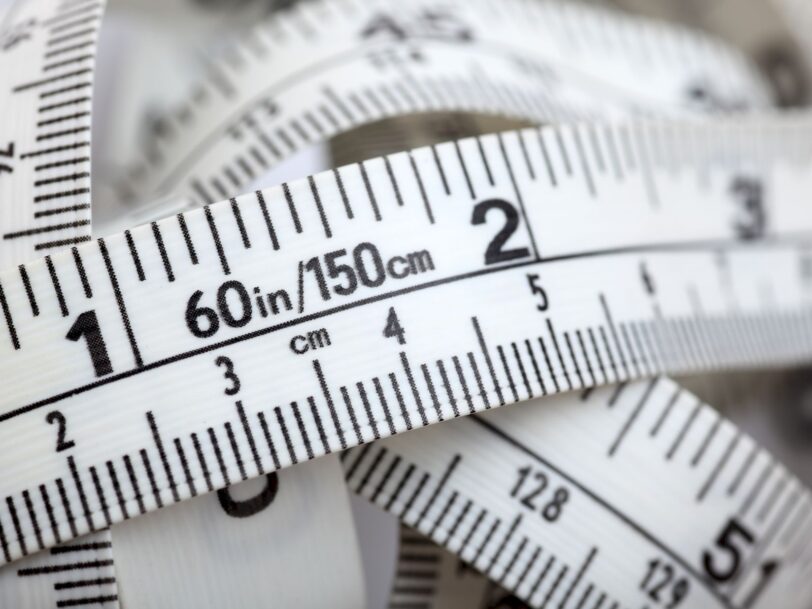Are you working on a project that requires you to measure objects in both inches and centimeters? Do you find yourself struggling to convert between the two units of measurement? Fear not, as we are here to guide you through the process of converting inches to cm in a few easy steps.
Understanding Inches and Centimeters
Before we dive into the conversion process, let’s first understand what inches and centimeters are. Inches are a unit of measurement commonly used in the United States, while centimeters are used in many other parts of the world. One inch is equal to 2.54 centimeters.
The Conversion Formula
To convert inches to centimeters, you simply need to multiply the length in inches by 2.54. This formula can be represented as:
Length in centimeters = Length in inches x 2.54
Converting Inches to Centimeters
Now that we know the conversion formula, let’s put it into practice with some examples:
Example 1: Converting 5 inches to centimeters
To convert 5 inches to centimeters, we use the conversion formula:
Length in centimeters = 5 x 2.54 = 12.7 cm
Therefore, 5 inches is equal to 12.7 centimeters.
Example 2: Converting 10.5 inches to centimeters
To convert 10.5 inches to centimeters, we use the conversion formula:
Length in centimeters = 10.5 x 2.54 = 26.67 cm
Therefore, 10.5 inches is equal to 26.67 centimeters.
Tips for Easy Conversion
Here are some tips that can help you convert inches to centimeters quickly and easily:
Tip 1: Use a conversion chart
If you are converting measurements frequently, it may be helpful to have a conversion chart handy. This chart will help you quickly look up the equivalent measurement in centimeters for any given length in inches.
Tip 2: Use a calculator
If you don’t want to do the math in your head, you can always use a calculator to perform the conversion for you. Simply enter the length in inches, multiply it by 2.54, and the calculator will give you the length in centimeters.
Tip 3: Round off the answer
When converting measurements, it’s important to remember that the answer may not always be a whole number. In such cases, it’s best to round off the answer to the nearest tenth or hundredth of a centimeter, depending on the level of precision required.
Conclusion
Converting inches to centimeters is a simple process that can be done quickly and easily using the conversion formula. Remember to use the tips provided to make the process even easier, and always round off the answer to the appropriate level of precision. With these tools in hand, you’ll be able to convert measurements effortlessly.
FAQs
- What is the difference between inches and centimeters?
- Inches and centimeters are both units of measurement used to measure length. The main difference is that inches are commonly used in the United States, while centimeters are used in many other parts of the world. One inch is equal to 2.54 centimeters.
- Why do we need to convert inches to centimeters?
- If you are working on a project that requires you to measure objects in both inches and centimeters, it’s important to be able to convert between the two units of measurement.
- Can I use a ruler to convert inches to centimeters?
- Yes, you can use a ruler to measure the length in inches and then convert it to centimeters using Certainly, here’s the rest of the article:
- How do I convert centimeters to inches?
- To convert centimeters to inches, you can divide the length in centimeters by 2.54. The formula would be: Length in inches = Length in centimeters / 2.54.
- Is it important to round off the answer when converting inches to centimeters?
- Yes, it’s important to round off the answer to the appropriate level of precision depending on the application. For example, if you’re measuring the length of a room, rounding off to the nearest inch may be sufficient. However, if you’re measuring the length of a microscopic object, you may need to round off to the nearest hundredth of a centimeter.
We hope this article has been helpful in guiding you through the process of converting inches to centimeters. Remember to use the conversion formula, along with the tips provided, to make the process as easy and accurate as possible. With practice, you’ll be able to convert between the two units of measurement effortlessly.


